Summary
What is energy?
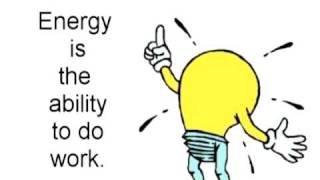
There are lots of different kinds of energy in the universe; they can be found in many things, and in many forms.

Types of Energy
- Kinetic
- Potential
- Heat
- Metabolic
- Chemical
- Mechanical
- Electrical
- Gravitational
Remember: Molecules that make up matter contains energy. Huge amounts of energy.
Energy travels in the form of electromagnetic waves, such as heat, light, radio, and gamma rays.

Energy as Heat
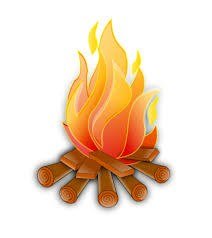
Heat is in all things around us and in all matter. Heat energy result in movement of tiny particles called atoms, molecules or ions in solids, liquids, and gases It can be transferred from one object to another. Ice also has heat. Ice placed in a glass of warm water melts when the energy from the warm water moves from the water to the ice. Heat energy is important. We use it to heat our homes, cook food, heat water and dry clothes.

Energy as Light

Light energy is a kind kinetic energy and a form of electromagnetic radiation. Light is visible to the human eyes; and travels in the form of a wave. It can travel through space where there is no air.
Some sources of light energy are sun, moon, stars, fire, and candle. There are also some animals and plants that can create their own light. Light energy is important for plants and animals. It helps plants photosynthesis and growth. It also affects the temperature of water. We use light energy to help us see things, to power our homes and electrical appliance, etc.


Energy as Sound
You can hear sound energy as it is produced when an object vibrates. The vibration travels on waves through the air, water, wood or metal. Sound energy is a form of mechanical energy. We can learn a lot about the sounds we hear. It can tell us about the object, especially when we cannot use our vision. A good example of energy as sound comes from the radio.
The power of wind has allowed travel, trade, and exploration of the world.
Wind is air in motion caused by uneven temperatures on the earth’s surface. When the sun heats the air over the land, the hot air rises and cools, then air rushes in to take its place. This flow of air causes the wind in Earth’s atmosphere. The sun produces the heat energy that produces these currents.
Wind Power
The wind is full of kinetic energy. It can be transferred into electrical energy with the help of wind turbines. Wind turbines harness the kinetic energy of the wind. Most wind turbines and wind mills are found in flat open country where it is windy.
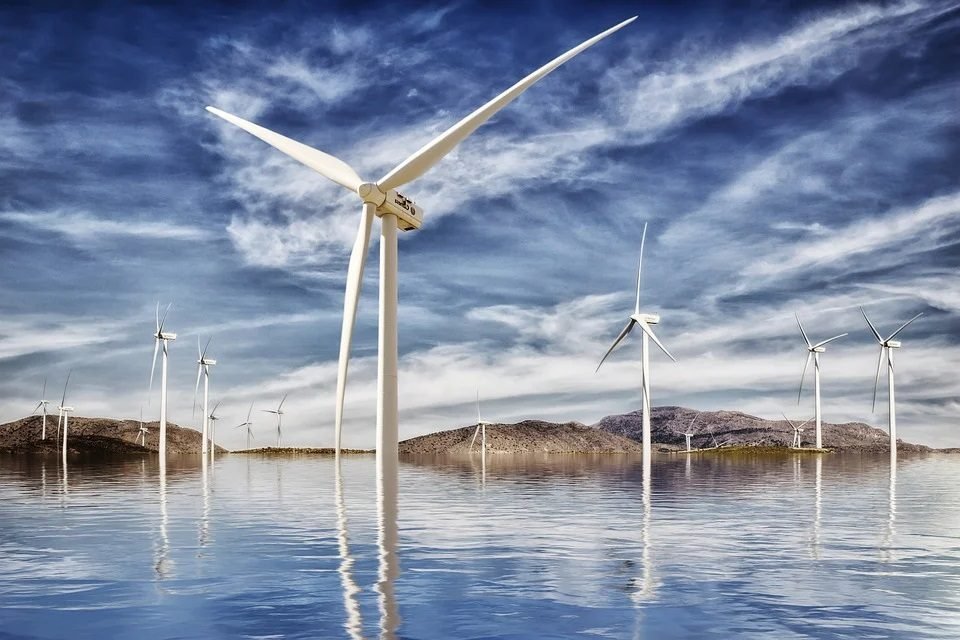

Windmills in some industries in the past
People have been using wind energy for thousands of years. The earliest known wind powered grain mills and water pumps were used by the Persians in A.D. 500-900. In 1200 A.D. China already had simple wind-powered water pumps. By the 11th Century, the wind energy was used in food production. In the American colony, the windmills were used to grind grain, pump water, and cut wood at sawmills.The windmills of the past looks like this (below).
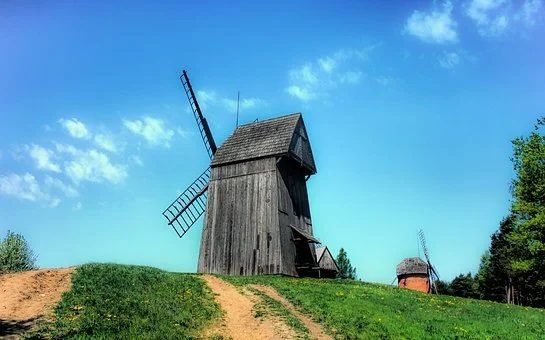
The picture above is a traditional Dutch windmill which was used to ground grain or corn into flour with two large round heavy stones. The windmill were not only used in food production. It was used in other industries.
They were very successful in growing the industries today that needed large amounts water or energy.
Windmills helped build ships as well. They helped saw perfect slices of tree planks for the ships. Also, it helped build railroads and thus expand the western frontiers.
How does the windmill works?
Windmills are made to face the wind. A simple construction of a windmill includes four blades and a tail or weather vane device to turn into the wind. Over time, safety devices were added to prevent high winds from destroying the windmill and its pumping equipment. Some windmills had sails on the wings, which would be adjusted to suit the wind speed.
The quieter windmills are water windmills. They had less moving parts. Industrial windmills were noisier with more moving parts. Today, windmills are made from iron and steel.
Some windmills have a big enough tower that could be used as a home for families. It was not easy for a family to live in a windmill.
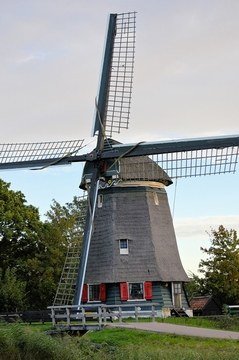
Activity: Make your own pinwheel windmill. Click on this link.
Constructing a wind device model
Below is an activity you should try.
Notes and Discussions on Wind Turbines 1
What are Fossil Fuels?
Fossil fuels are derived from buried dead plants and animals which have been underground for millions of years. The fuel is energy that was released in combustion or burning of these organisms. Fossil fuels include petroleum, coal, and natural gas. Kerosene and propane are derivatives of fossil fuel.
This fuel takes years to form in the earth. However, it is being depleted quickly, faster than it can form. This is the main reason fossil fuels are classified as a non-renewable resource
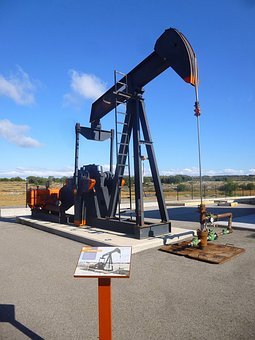
Fossil fuels are the main energy sources in the world. They supply about 80 percent of the world’s energy. Fossil fuels provide electricity, heat, and transportation. The energy generated are used to create a huge range of products from plastics to steel.
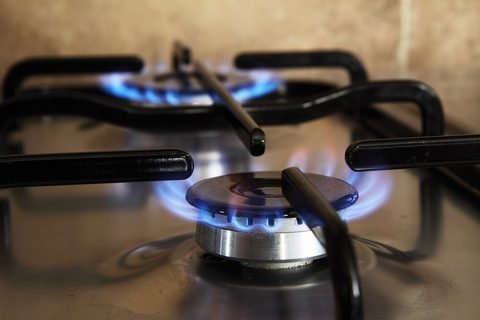

Three Types of Fossil Fuels
Coal
Coal is black or brown chunks of sedimentary rock. It is not always hard, it could be crumbly. It is mainly used and produced by China, India, and USA.
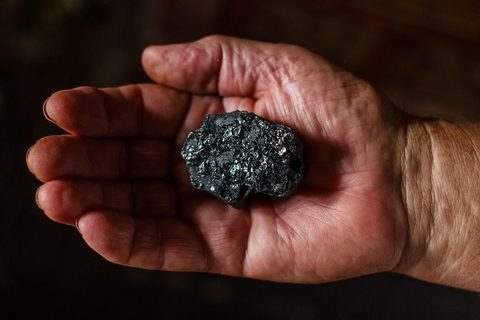
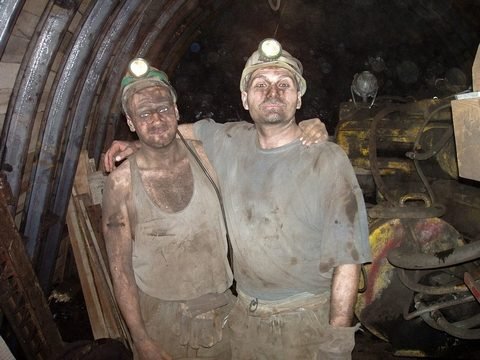
Crude Oil
Crude oil or petroleum is a liquid, generally black. It is composed of carbon and hydrogen. On shore and offshore wells extract and refined crude oil into a variety of petroleum products. Crude oil is refined into gasoline, diesel, and heating oil. The top oil-producing countries are the U.S.A, Saudi Arabia and Russia, which together account for nearly 40 percent of the world’s supply.
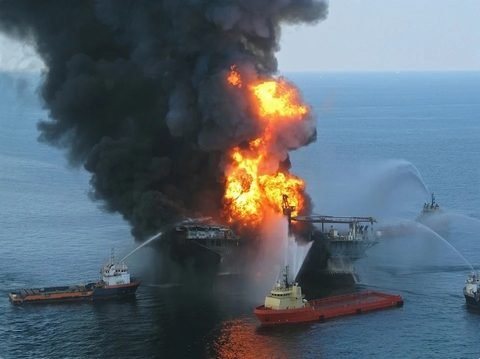
Natural Gas
Natural gas is an odorless gas composed primarily of methane. Oil Miners use a technique called fracking or hydraulic fracking to access the natural gas deposits. Natural gas is cleaner than coal and oil in terms of emissions. There are many untouched natural gas reserves throughout the world. Countries are eyeing these reserves. The main producers of natural gas are U.S.A, Russia and Iran.
Products made from Fossil Fuel

Activity: Show by drawing the process of fossil fuels showing the ocean 300-400 million years ago, then 50-100 million years ago, and finally today. (Download the worksheet called Fossil Fuels – Definitions to see a sample of this.)
Conservation
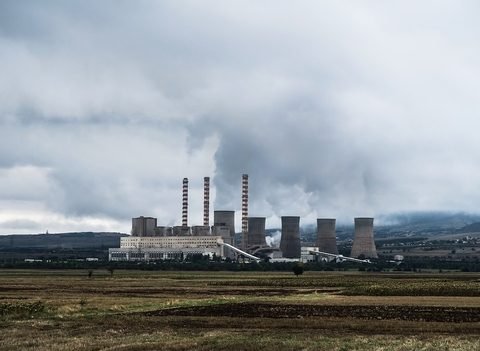
When fossil fuels are burned it produces a large amount of carbon dioxide (it is recorded about 35 billion tonnes a year ). There has been a growing initiative to use less and less fossil fuel. However, artificial gasoline and other renewable energy sources (wind, solar, geothermal, nuclear, and hydroelectric) require more expensive production and processing technologies than conventional petroleum. Despite this, renewable energy is more and more preferred. The main goal is to reduce global greenhouse-gas emission.
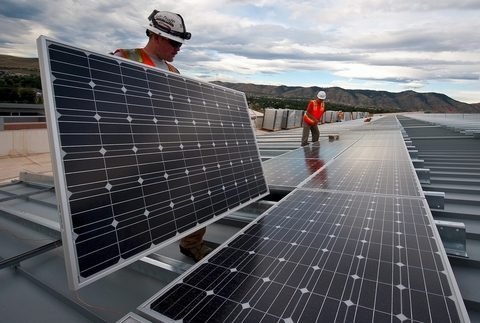

As to the consumption of fossil fuels, some progress has been made in the past years. Some countries with higher income have seen increasing transition towards lower-carbon energy sources. However, the total consumption of fossil fuel especially in lower-income countries are increasing due to rising incomes and population growth.
The world data on consumption of fossil fuel shows an increasing use of fossil fuel especially in Asian countries. Governments around the world are now trying to reduce emissions from fossil fuels. Together they have formed The Paris Agreement (2015) aimed at decreasing global warming.
Energy Efficiency
You use energy every day at school, at home, and even when you are playing. However, energy should be used wisely. When you save energy, you are helping save the world’s natural resources like gas, oil, and water. These natural resources are valuable and we should treat them as such. Above all, when you use natural resources efficiently, you reduce polluting the environment.
If it was not for energy, you would not be able to do many things. You would not have lights when it is dark; your parents would not be able to drive you to school in the car; and you would have to bathe in cold water everyday, even during the rainy season (or winter if you don’t live in the tropics). Therefore, a few things you should do:
- Don’t leave the refrigerator door open.
- When you have a sunny day, hang the clothes outside
- Try no cooking meals once in a while to save on gas or electricity.
- Open the curtains to let sunlight into rooms when it is bright outside.
- Turn of the lights and television when no one is cooking.
References
Fossil Fuels. Retrieved 15 June 2020 from Wikipedia.org
Fossil Fuels, explained. (2019) National Geographic.com Retrieved 15 June 2020
All the energy we use comes from the sun. Solar Energy is energy from the sun. It is the cleanest and most abundant renewable energy source available. This energy, in the form of heat and light, touches the earth to also help produce coal, oil, and natural resources. These nonrenewable resources and finite, they will run, and its use is contributing to climate change.
We can harness the power and potential of the sun directly. We use solar technology to harness this energy. Solar energy is used to generate electricity, provide light, and heat water. It is one of the best alternatives to fossil fuels and allows the owner to reduce their electrical bill.
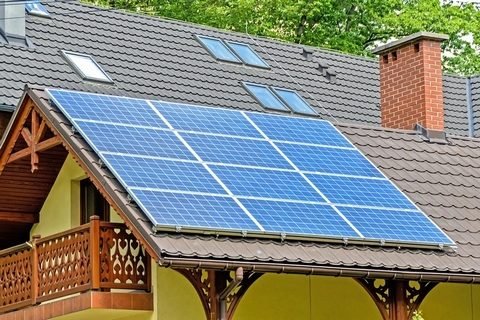
A common solar technology is flat -plate collectors that is commonly used for solar water heaters and heating homes.These panels requires a lot of space and some roofs are not big enough to fit the number of solar panels the owner may want.
Video: What is solar energy?

The sun’s energy is harness in three ways: photovoltaic, solar heating and cooling, and concentrating solar power.
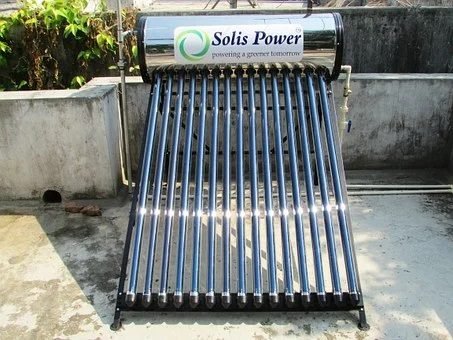

It is used for powering homes and business.
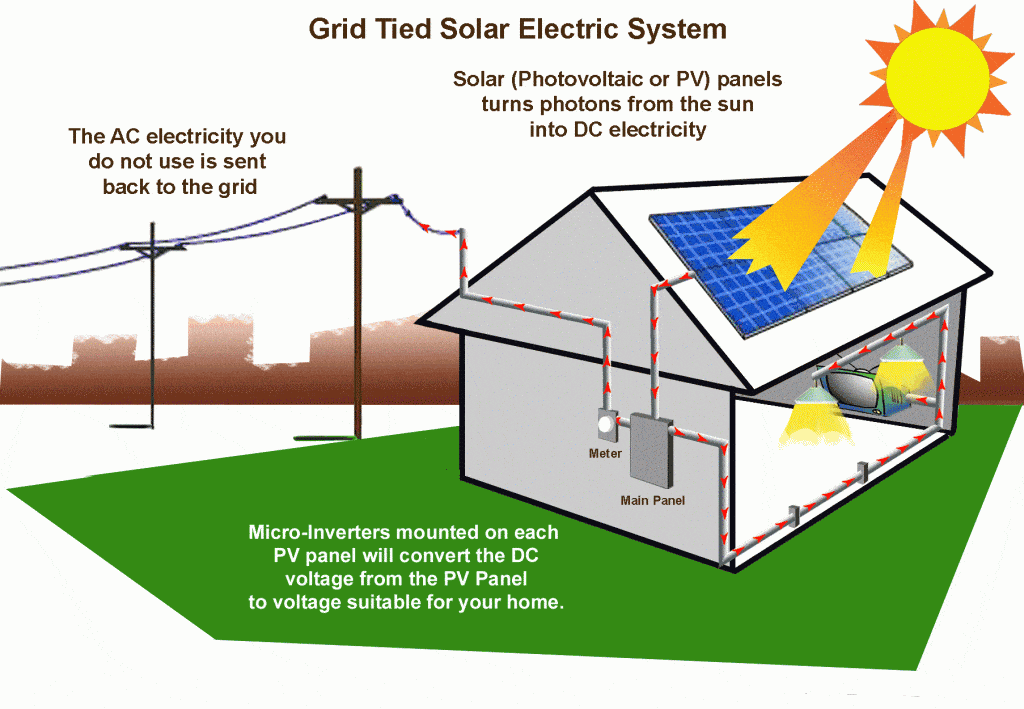
Though solar energy is free, harnessing this energy is not cheap. Its high cost of collection, conversion, and storage still limits it exploitation. Converting solar energy to thermal energy requires a large collection area, about 40 square meters or 430 square feet to gather enough energy to serve the energy needs of one person. It also requires a batteries to store energy off the grid for night use.
Can we rely on wind and solar energy?

How Solar Panels Work
Solar power plants collect sunlght energy in a wide area onto a small blackened receiver. There is an array of carefully design mirrors or lenses to capture the sunlight. The heat is used to operate electric generator power plants.
Discussion Question
Nonrenewable resources, like petroleum and coal, are burned to get most of the energy we need. Renewable resources, like wind or sunlight, can also be used to produce power. Which type of resource is a better source of energy? Explain your answer.

